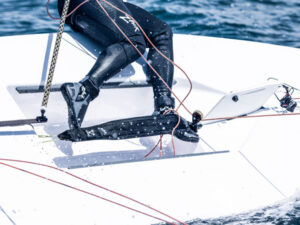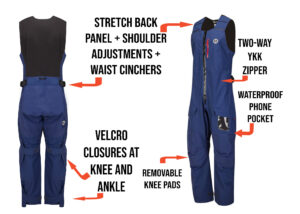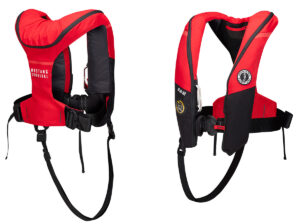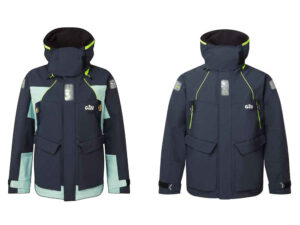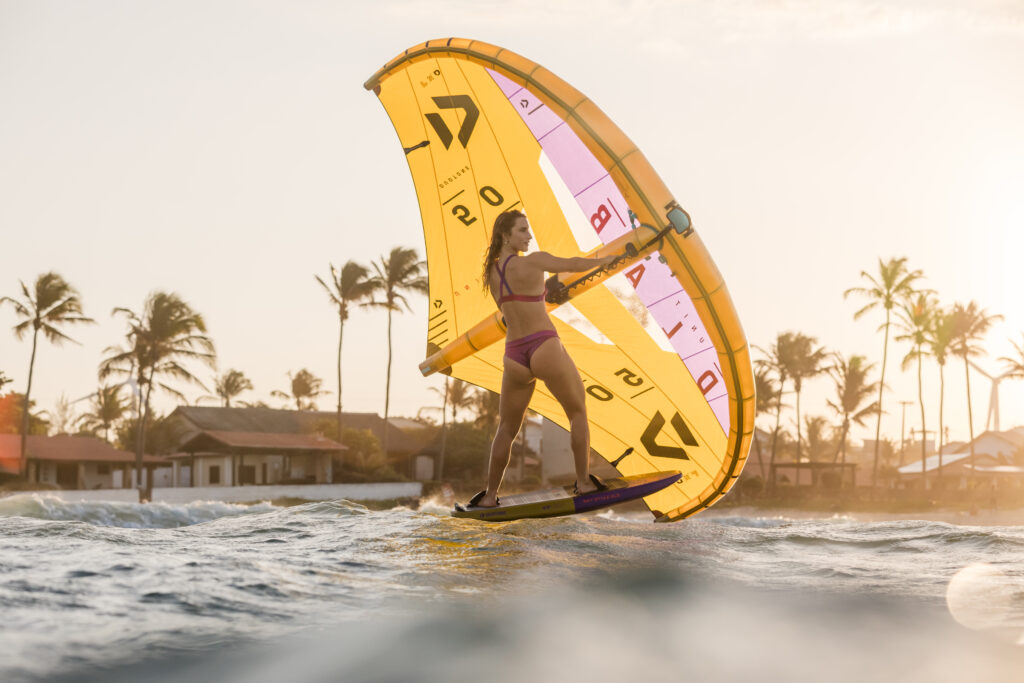
Wingfoiling has taken the watersports world by storm, attracting enthusiasts from diverse backgrounds because the sport’s versatility allows us to enjoy it almost anywhere, even in less-than-perfect conditions. However, for beginners, navigating the rapidly-developing aisles of wingfoiling gear can be overwhelming so let’s get you on the right equipment first.
Your First Board
To kickstart your wingfoiling adventure, you need four essential components: a board, a foil, a wing, and a positive attitude for learning a new sport. For stability during your initial wingfoiling sessions, opt for a board with more volume than your bodyweight. As a rule of thumb, a board with 30 to 50 liters more volume than your weight is suitable. For example, if you weigh 85 kg, consider a board in the range of 120 to 140 liters. Larger boards provide the necessary balance and stability crucial for learning, allowing you to focus on handling the wing and getting up on the foil.
Your Starter Foil
The four foil components are the mast, front wing, fuselage, and back wing. The front wing provides lift, and the back wing offers stability. Initially, a shorter mast (around 65 to 85 cm) is recommended for beginners. Foils are usually sold in sets, and starting with a larger foil is advantageous. A front wing sized between 1500 to 2000 square-centimeters is suitable for beginners, providing easier lift. A slightly longer fuselage contributes to stability, while a back wing in the range of 250 to 300 square centimeters is ideal.
Your Wing Choices
Selecting the appropriate wing size depends on the wind conditions at your learning location. For winds ranging from 15 to 25 knots, a wing size between 4 meters and 5 meters is recommended. A 4.5-meter wing is also a great option for beginners. Lighter individuals can opt for smaller wings, while those over 80 kg may find a 5-meter wing more suitable. Larger wings will be more challenging to handle and maneuvers, so choose a size that balances lift and manageability.
Once you source your gear (and by now there is plenty of used equipment to save money initially), there are several ways to progress quickly up the learning curve, starting with one of the best Apps available: the Duotone Wing Academy. Thiswill be your go-to resource as it’s especially tailored for beginners, but it also covers a lot of advanced lessons.
Your future success on the water starts on the shore. This means spending time on the shore with your wing, familiarizing yourself with its handling and power. Practice the necessary steps on the sand before venturing into the water. And when you do finally make the leap to the water, be sure to choose a calm location for your initial learning experiences. Choppy and wavy conditions will complicate the learning process. Initially, you may drift downwind, so choose a location where walking upwind is easy or consider having an assist boat to help you move upwind efficiently.
Patience is key, of course because learning a new sport can be physically demanding. Be patient with yourself as your muscles adapt to the unique demands of wingfoiling. Don’t let your frustrations hold you back; foiling will come sooner than you think. And if it doesn’t, consider taking a few professional lessons from a school or private instructor to gain essential knowledge and skills. And lastly, always prioritize safety, which means wearing protective gear such as a helmet, impact vest, and knee pads to safeguard against potential injuries during the initial learning phase.
Once you source the right gear and the appropriate time and effort into your development guarantee what you will get is pure freedom. The sensation of flying above the water is not comparable with anything else. You will love it and it will not become your hobby, but your lifestyle.

